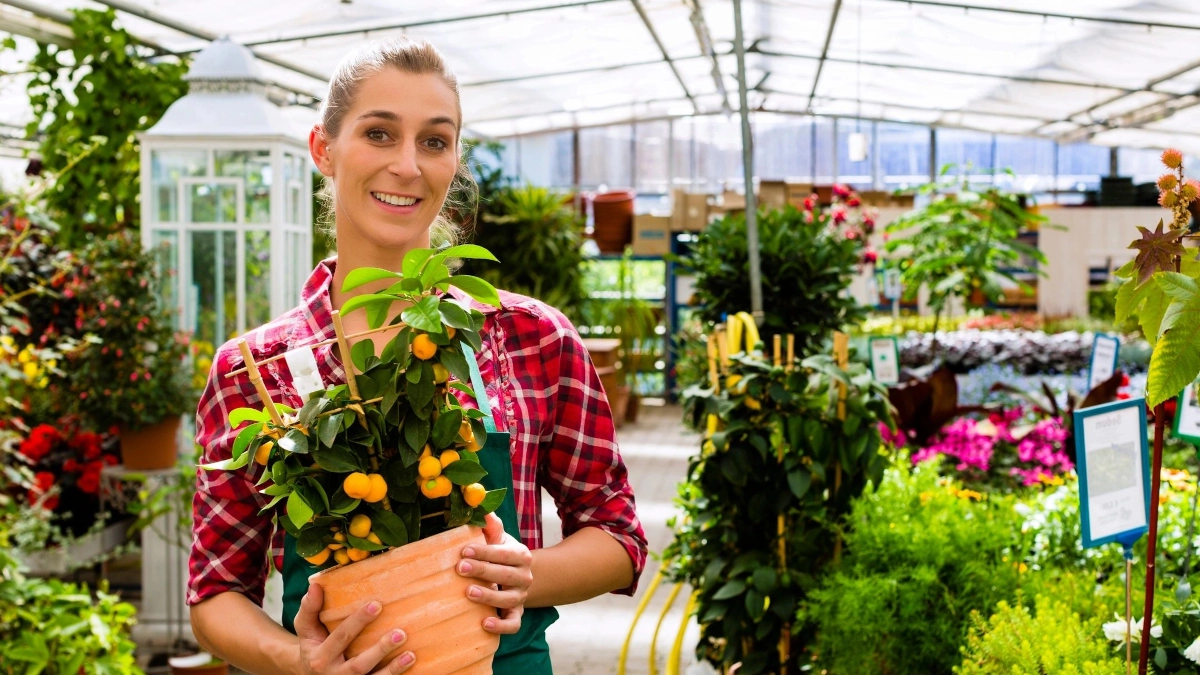Maintaining a proper greenhouse environment is crucial to ensuring that plants grow healthily and produce a high yield. Greenhouses allow gardeners to extend their growing seasons and provide ideal growing conditions that are not available outdoors. However, without proper maintenance, greenhouses can quickly become inhospitable environments for plants. Today, we will discuss five crucial factors involved in maintaining a proper greenhouse environment.
Temperature control
Temperature control is one of the most important factors in maintaining a proper greenhouse environment. The temperature inside a greenhouse should be kept between 60°F and 80°F, with 75°F being the ideal temperature for most plants. The temperature inside a greenhouse can be regulated through a variety of methods, including ventilation, heating, and cooling systems. Ventilation is essential for controlling the temperature inside a greenhouse. By opening the vents, windows, and doors, hot air can escape and cool air can enter, preventing the greenhouse from overheating. Heating and cooling systems can also be used to regulate the temperature inside the greenhouse, ensuring that it remains within the optimal range.
Humidity
Humidity is another crucial factor in maintaining a proper greenhouse environment. The ideal humidity level for a greenhouse is between 50% and 70%. Low humidity can cause plants to become dehydrated and wilt, while high humidity can lead to the growth of mold and mildew. To maintain the proper humidity level, gardeners can use humidifiers, and misters, or simply water their plants regularly. However, it is important to note that overwatering can lead to high humidity levels, so gardeners should be careful not to water their plants too frequently.
Light
Light is also essential for plant growth and must be considered when maintaining a proper greenhouse environment. Plants require a certain amount of light to photosynthesize and grow. Greenhouses should be designed to maximize natural light, but additional lighting may be necessary, especially during the winter months when natural light is limited. Grow lights can be used to provide plants with the additional light they need to grow and thrive.
Air quality
Air quality is another important factor in maintaining a proper greenhouse environment. Poor air quality can lead to the spread of diseases and pests, which can be devastating to plant growth. To maintain proper air quality, gardeners should regularly clean their greenhouse, remove any dead or decaying plant material, and avoid overcrowding their plants. Pests and diseases should be identified and treated promptly to prevent their spread.
Water quality
Water quality is also important in maintaining a proper greenhouse environment. The water used to water plants should be clean and free of contaminants. Chlorinated water should be allowed to sit for 24 hours before being used to water plants, as chlorine can harm the plants. Additionally, the pH level of the water should be between 6.0 and 6.5 for most plants.
Keep Pests at Bay
Keeping pests at bay is an important part of maintaining a proper greenhouse environment. Pests can cause significant damage to plants, reduce yields, and spread diseases. There are several methods that gardeners can use to keep pests out of their greenhouses.
- Cleanliness: Regular cleaning is an essential part of pest control in a greenhouse. Gardeners should remove any dead or decaying plant material, as it can provide a breeding ground for pests. They should also keep the greenhouse floor, benches, and pots clean and free of debris. Regularly sanitizing tools and equipment is also important to prevent the spread of pests and diseases.
- Physical barriers: Installing screens on windows and doors can help prevent pests from entering the greenhouse. Gardeners can also use mesh netting to cover plants or use sticky traps to catch flying insects. Physical barriers can be especially effective against larger pests, such as rodents.
- Companion planting: Planting certain plants together can help repel pests. For example, marigolds can help deter nematodes, while basil can help repel flies and mosquitoes. Companion planting can also attract beneficial insects, such as ladybugs and lacewings, which can prey on pests.
- Natural predators: Introducing natural predators, such as predatory mites, to the greenhouse can help control pest populations. These predators can prey on pests such as spider mites, aphids, and thrips, and help keep their populations in check.
- Organic pesticides: If pest populations become too large, organic pesticides can be used to control them. Organic pesticides, such as neem oil, insecticidal soap, and pyrethrin, are safer for the environment and less harmful to beneficial insects than synthetic pesticides. However, gardeners should use these pesticides sparingly and follow the manufacturer’s instructions carefully.
- Integrated Pest Management (IPM): IPM is a holistic approach to pest control that combines several methods to control pests. This approach focuses on preventing pest infestations rather than treating them. IPM involves monitoring pest populations, identifying pest species, and using a combination of methods to control them. This approach can be effective in preventing pest infestations and reducing the need for pesticides. Read more about pests on our Blog Page.
In conclusion, maintaining a proper greenhouse environment is essential for plant growth and productivity. Temperature control, humidity, light, air quality, water quality, and keeping pests at bay are all factors that must be considered when maintaining a proper greenhouse environment. Gardeners should regularly monitor these factors and make adjustments as necessary to ensure that their plants are growing in the best possible conditions. With proper maintenance, greenhouses can provide gardeners with an ideal growing environment and a bountiful harvest.
For more helpful information about growing in a greenhouse visit Heritage Growing Spaces.
More resources:
https://dengarden.com/gardening/Sustaining-a-Greenhouse-A-Beginners-Guide-Tips
https://ag.umass.edu/greenhouse-floriculture/fact-sheets/cleaning-disinfecting-greenhouse
